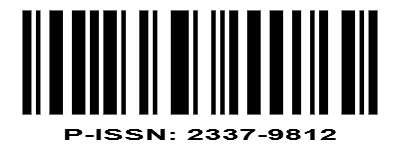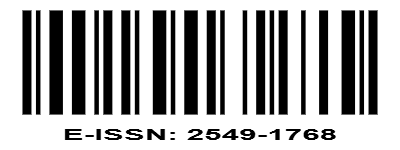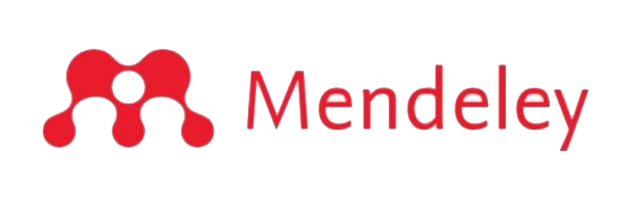Komposisi Komunitas Cacing Tanah Pada Lahan Pertanian Organik Dan Anorganik Di Desa Raya Kecamatan Berastagi Kabupaten Karo
DOI:
https://doi.org/10.22373/biotik.v2i1.228Keywords:
Community, Earthworms, Inorganic, OrganicAbstract
Penelitian dilakukan di Desa Raya, Kecamatan Berastagi, Kabupaten Karo, Sumatera Utara dan di Laboratorium Sistematika Hewan Depatermen Biologi, Universitas Sumatera Utara, Medan pada bulan januari - februari 2013. Penelitian dilakukan secara purposive random sampling dengan menggunakan metode kuadrat dan hand sorting. Hasil penelitian ditemukan 1 spesies famili Glocossicidae (P. corethrurus) dan 3 spesies famili Megascolidae (Amynthas sp., Megascolex sp. dan Pheretima sp.). Kepadatan cacing tanah pada pertanian organik (128,000 ind/m2) dan anorganik (73,600 ind/m2). Ada perbedaan komposisi komunitas cacing tanah pada lahan pertanian organik (Pheretima sp. 50,833%, P. corethrurus 40,000%, Amynthas sp. 7,500%, Megascolex sp. 1,667%) dan anorganik (P. corethrurus 49,275%, Pheretima sp. 46,377%, Amynthas sp. 4,384%). P. corethrurus dan Pheretima sp. merupakan jenis cacing tanah yang karakteristik pada lahan pertanian organik dan anorganik. Kata Kunci: Anorganik, Cacing Tanah, Kabupaten Karo, Komunitas dan Organik ABSTRACT This study had been done in Raya subdistrict, Berastagi district, Karo, Sumatera Utara in Animal Systematics Laboratory of Biology Department University of Sumatera Utara on January to February 2013. The sample for this study taken by purposive random sampling using the least squares and hand sorting method. The results of the research found that there were one family of Glocossicidae (namely species P. corethrurus) and 3 species of family Megascolidae (namely: Amynthas sp., Megascolex sp., and Pheretima sp.). The density of eartworm in organic farming was 128,000 ind/m2 and in inorganic one was 73,600 ind/m2. There were differences in community composition of earthworms on organic farms, they were Pheretima sp. 50,833%, P. corethrurus 40,000%, Amynthas sp. 7,500%, Megascolex sp. 1,667%, meanwhile, in inorganic farms were P. corethrurus 49,275%, Pheretima sp. 46,377%, Amynthas sp. 4,348%. P. corethrurus and Pheretima sp. were the characteristic of earthworms species in organic and inorganic agricultural land. Keywords: Community, Earthworms, Inorganic and OrganicDownloads
Download data is not yet available.
Downloads
Published
2018-02-08
Issue
Section
Artikel
License
Authors who publish with BIOTIK: Jurnal Ilmiah Biologi Teknologi dan Kependidikan agree to the following terms:
- Authors retain copyright and grant the journal right of first publication with the work simultaneously licensed under a Creative Commons Attribution License that allows others to share the work with an acknowledgement of the work's authorship and initial publication in this journal.
- Authors are able to enter into separate, additional contractual arrangements for the non-exclusive distribution of the journal's published version of the work (e.g., post it to an institutional repository or publish it in a book), with an acknowledgement of its initial publication in this journal.
- Authors are permitted and encouraged to post their work online (e.g., in institutional repositories or on their website) prior to and during the submission process, as it can lead to productive exchanges, as well as earlier and greater citation of published work.
How to Cite
Komposisi Komunitas Cacing Tanah Pada Lahan Pertanian Organik Dan Anorganik Di Desa Raya Kecamatan Berastagi Kabupaten Karo. (2018). BIOTIK: Jurnal Ilmiah Biologi Teknologi Dan Kependidikan, 2(1), 1-9. https://doi.org/10.22373/biotik.v2i1.228











